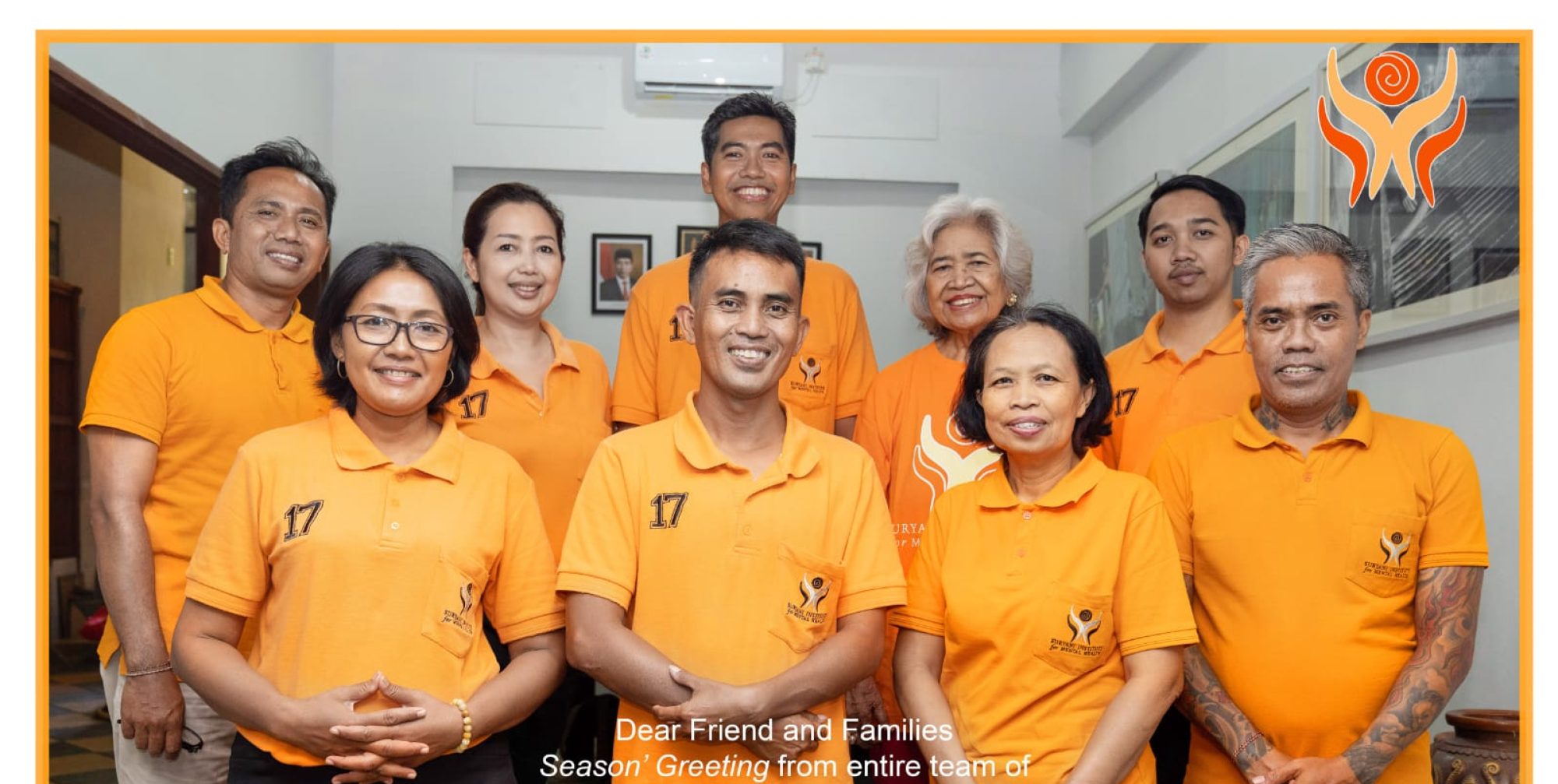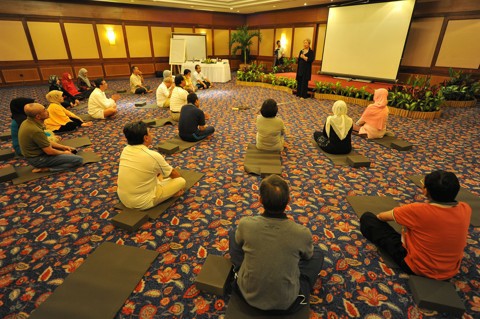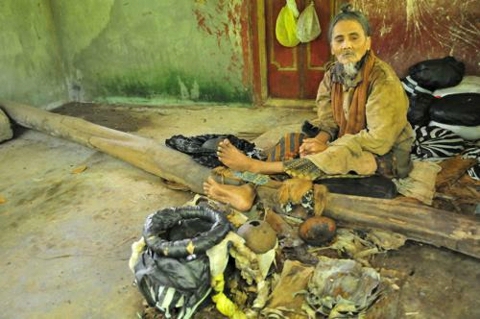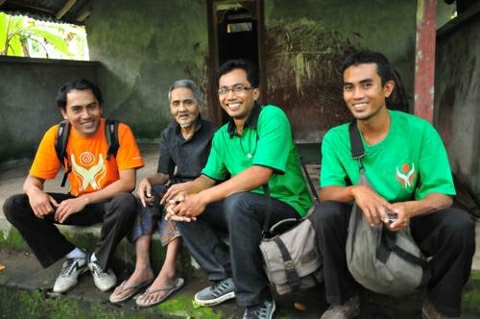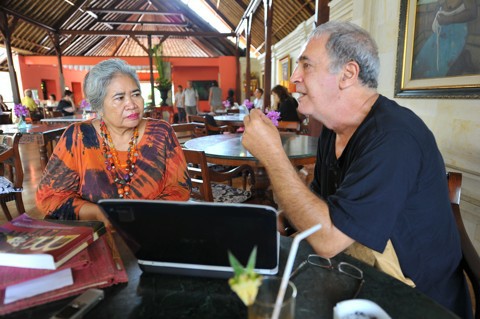In almost every country, the proportion of people aged over 60 years is growing faster than any other age group, as a result of both longer life expectancy and declining fertility rates. This population ageing can be seen as a success story for public health policies and for socioeconomic development, but it also challenges society to adapt, in order to maximize the health and functional capacity of older people as well as their social participation and security.
Pertamina, a State-Owned Enterprise (BUMN), was changed into Company operating in field of energy, petrochemical and other business supporting the business of Pertamina, either domestically or internationally, which is market-mechanism oriented. It’s established on December 10, 1957 under the name PT Permina. In 1961 the company changed its name to PN Permina and after the merger with PN Pertamin in 1968 it became PN Pertamina. With the enactment of Law 8 of 1971 the company became Pertamina. This name persisted until after Pertamina changed its legal status to PT Pertamina (PERSERO) on October 9, 2003.
As a State-Owned Enterprise (BUMN), Pertamina doesn’t want to make their employee suffer in their old age. For this they create a pre retirement program to prevent the employee sufering a post power syndrome. To balance the mind body and spirit, the company need the expert on the field, Professor Luh Ketut Suryani. Using her unique concept biopsychospirit-sociocultural approach, she provide a holistic preparation for the employee. The program was held in Hotel The Patra Bali on June 29, 2010.
